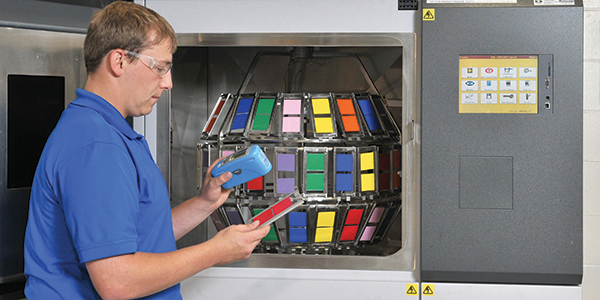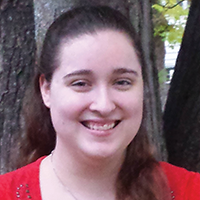By Margaret Cox
More than 25 years ago, a group of inspired faculty and staff from Winona State University partnered with local business owners to create a unique engineering program that focused specifically on composite materials. Two goals drove the team: first, to develop a meaningful curriculum for students, including hands on experience; and second, to build a talent pool of candidates for positions at local composite manufacturing companies. In the end, it was the perfect alignment of staff dedication, community involvement, and legislative legwork that resulted in the Composite Materials Engineering program, the only undergraduate degree of its kind in the country at the time.
In the mid-1980s, the need for talented, educated engineers in the Winona area was becoming increasingly more important, largely due to the rapid growth of RTP Company, a local business that develops thermoplastic compounds, and several other plastics companies. There was also a need for testing equipment and services, but the costs were high. Rather than each company purchasing their own equipment, they approached WSU with the shared idea of building a testing center on campus. In 1987, WSU established the Composite Materials Technology Center (COMTEC), a laboratory that could provide testing services for the local companies, and employ students to run it.
The arrangement worked well, but the need for educated engineers became even greater. Once again, local composite companies met with Dr. Dennis Nielsen of WSU to outline a program specifically for composite engineering. At the same time, Governor Rudy Perpich was looking for rural areas of the state that were ripe for growth and in need of educational funding. With the legislative help of State Representative Gene Pelowski, Jr., state funding was secured and the Composite Materials Engineering Program was launched in 1989.
“The faculty and administrators at Winona State University, the community leaders and business owners, and the legislative group all worked together, and it was done right,” explains Dr. Fariborz Parsi, who has taught the program since 1991. Using state funding and donations, Stark Hall was built with the engineering program in mind, utilizing only a few classrooms, but many labs for hands-on learning. The initial curriculum was built with input from local composite businesses and guidance from experts. “Like anything else in life, it took a little luck, too,” says Dr. Parsi with a chuckle. “But everyone has benefitted. So far, 434 students have graduated from the program.” Of those students, more than 65 have been hired by local composite companies.
The partnership between WSU and the composite industry has continued, including the establishment of a scholarship for Composite Materials Engineering students. In early 2002, Joe Cameron and Larry Rupprecht of RTP Company, along with Dr. Parsi, arranged for an annual golf outing event through the local branch of the Society of Plastics Engineers (SPE). The first two events were financially successful, and the first $500 scholarship for a Composite Materials Engineering student was awarded in 2003. “The financial success of the golf event continues, as does thirteen consecutive years of beautiful weather on the day of the event,” says Rupprecht. “We’ve had fantastic support from the local composite community and their supplier base.”
With the help of the WSU Foundation, the fund gained legal status and to date, nearly $72,000 has been raised. Of this amount, more than $12,500 has been awarded in scholarships, and an additional $4,000 was contributed to establish another scholarship fund in honor of Stanley Prosen, a composite materials industry pioneer. Katrina Moore, a recent recipient Katrina Moore of the scholarship, says, “I feel honored to be chosen for this scholarship… I hope to reflect well back upon the school and the scholarship fund after I graduate.” No doubt, as history repeats itself, she will. Dr. Parsi couldn’t agree more. “We have 434 success stories,” he says. “Our graduates are so proud of what they’ve accomplished.”



